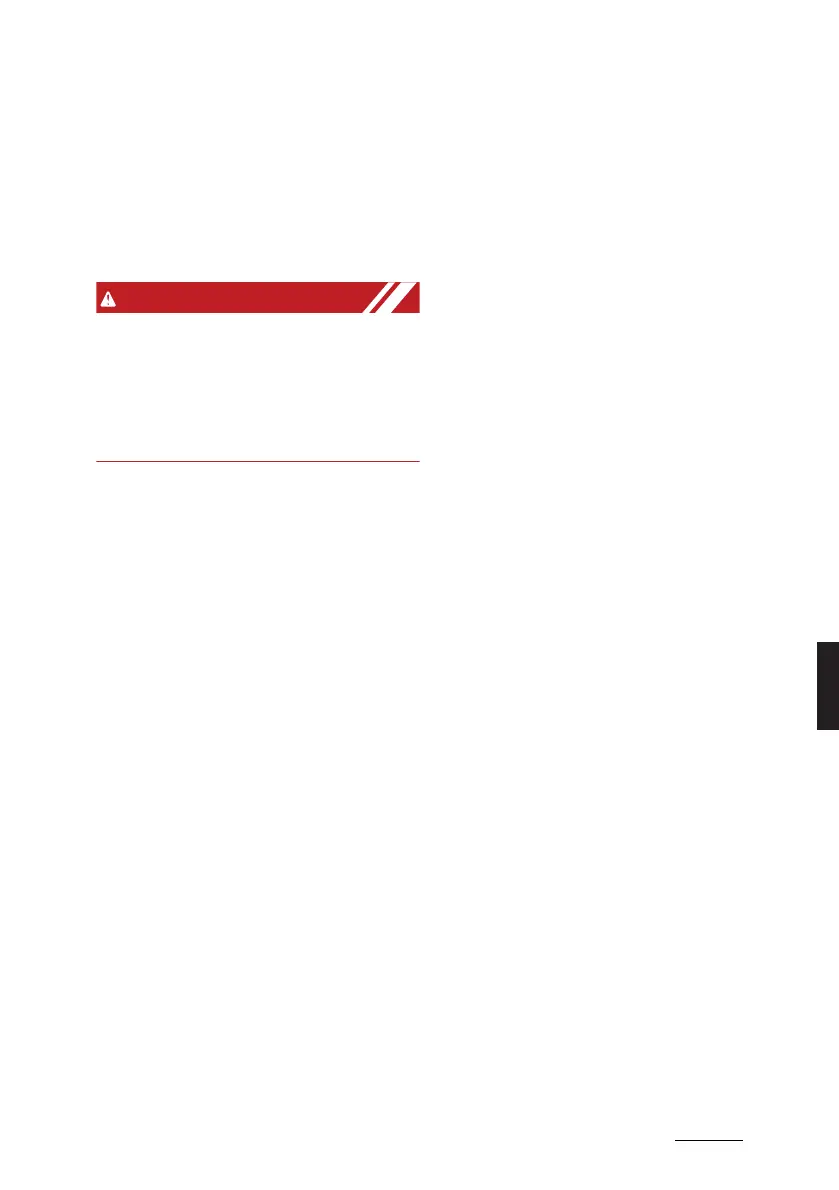31
7
7
Maintenance Tires and wheels
僅 Check the pressure of your spare tire
each time you check the pressure of
other tires.
僅 Never overload your vehicle. Be care
-
ful not to overload a vehicle luggage
rack if your vehicle is equipped with
one.
Tire Inflation
Overinflation or underinflation can
reduce tire life, adversely affect vehicle
handling, and lead to sudden tire failure.
This could result in loss of vehicle control
and potential injury.
Checking tire inflation pressure
Check your tires once a month or more.
Also, check the tire pressure of the spare
tire.
How to check
Use a good quality gauge to check tire
pressure. You cannot tell if your tires are
properly inflated simply by looking at
them. Radial tires may look properly
inflated even when they're underin
-
flated.
Check the tire's inflation pressure when
the tires are cold. - "Cold" means your
vehicle has been sitting for at least three
hours or driven no more than 1 mile (1.6
km).
Remove the valve cap from the tire valve
stem. Press the tire gauge firmly onto
the valve to get a pressure measure
-
ment. If the cold tire inflation pressure
matches the recommended pressure on
the tire and loading information label, no
further adjustment is necessary. If the
pressure is low, add air until you reach
the recommended amount.
If you overfill the tire, release air by
pushing on the metal stem in the center
of the tire valve. Recheck the tire pres
-
sure with the tire gauge. Be sure to put
the valve caps back on the valve stems.
They help prevent leaks by keeping out
dirt and moisture.
僅Inspect your tires frequently for
proper inflation as well as wear and
damage. Always use a tire pressure
gauge.
僅 Tires with too much or too little pres
-
sure can cause tires to wear unevenly,
causing poor handling, loss of vehicle
control, and sudden tire failure lead
-
ing to accidents, injuries, and even
death. The recommended cold tire
pressure for your vehicle can be
found in this manual and on the tire
label located on the driver's side cen
-
ter pillar.
僅 Remember to check the pressure of
your spare tire. Kia recommends that
you check the spare every time you
check the pressure of the other tires
on your vehicle.
Tire rotation
To equalize tread wear, it is recom
-
mended that the tires be rotated every
8,000 miles (13,000 km) or sooner if
irregular wear develops.
During rotation, check the tires for cor
-
rect balance.
When rotating tires, check for uneven
wear and damage. Abnormal wear is
usually caused by incorrect tire pres
-
sure, improper wheel alignment, outof-
balance wheels, severe braking or
severe cornering. Look for bumps or
bulges in the tread or side of the tire.
Replace the tire if you find either of
these conditions. Replace the tire if fab
-
ric or cord is visible. After rotation, be

